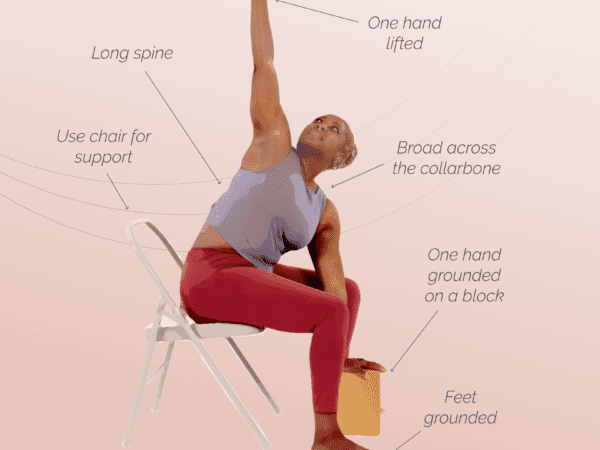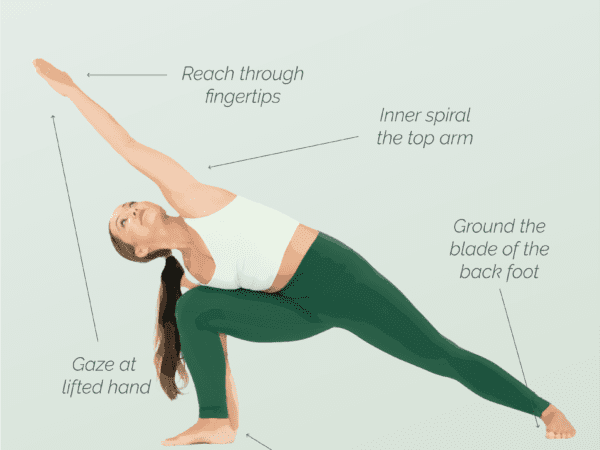Virabhadrasana III, also known as digasana in the Ashtanga practice, is a challenging yoga pose that requires strength, balance, and focus. This asana is named after the warrior Virabhadra, a fierce mythological figure in Hindu mythology. The pose is a part of the traditional sun salutation sequence and is commonly practiced in many yoga styles. In this article, we’ll explore step-by-step instructions on how to do Virabhadrasana III correctly, modifications for beginners, and the benefits it has for the mind and body.
What are the benefits of virabhadrasana III?
Virabhadrasana III, also known as warrior III pose, is a popular yoga pose that offers a range of benefits for the body, mind, and spirit. Some of the key benefits of practicing virabhadrasana III are:
1. Strengthens the lower body: Virabhadrasana III primarily works the legs, glutes, and core muscles, helping to build strength and stability in the lower body.
2. Improves balance and coordination: This pose challenges your balance and coordination, improving your ability to maintain stability and control.
3. Enhances focus and concentration: Holding the pose requires focus and concentration, helping to improve mental clarity and focus.
4. Stretches the hamstrings and spine: Virabhadrasana III also stretches the hamstrings, calves, and spine, improving flexibility and reducing tension in these areas.
5. Boosts circulation and energy: Practicing Virabhadrasana III can boost circulation and energy levels, leaving you feeling invigorated and rejuvenated.
Overall, Virabhadrasana III is a great pose for building strength, balance, and mental focus while stretching the body and boosting energy levels.
Contraindications for Virabhadrasana III
It’s important to note that Virabhadrasana III should be avoided or modified for those with certain conditions, such as low blood pressure, vertigo, or hip, knee, or ankle injuries.
Always listen to your body and work with a qualified yoga teacher if you have any concerns or limitations. As with any yoga practice, remember to breathe deeply and mindfully, and never push yourself beyond your limits. With practice and patience, Virabhadrasana III can be a powerful addition to your yoga practice, offering physical, mental, and spiritual benefits.
How to do Virabhadrasana III
1. Begin in tadasana (mountain pose) with your feet hip-width apart and arms by your sides.
2. Inhale and raise your arms up overhead, then exhale and bend forward from the hips, keeping your spine straight.
3. Step your right foot back, coming into a high lunge position. Your left knee should be directly above your left ankle, and your right leg should be straight behind you.
4. Engage your core muscles and lift your right leg off the ground, bringing your body into a straight line from your head to your right heel. Keep your hips level and facing forward.
5. Reach your arms forward, parallel to the ground, with your palms facing each other.
6. Keep your gaze forward and hold the pose for several breaths.
7. To release, lower your right foot back into the lunge position and step forward to tadasana.
Watch this YouTube video with Kino for more tips about how to do the pose.
Remember to repeat the same steps on the other side, starting with your left foot back in the high lunge position. Proper alignment is crucial in preventing injury and maximizing the benefits of the pose.
Are there any modifications for virabhadrasana III?
Yes, there are several variations that can be made to virabhadrasana III (warrior III) pose to make it more accessible. Here are a few examples:
Use a wall: Practicing the pose with the support of a wall can help with balance and alignment. Start by standing in front of the wall and placing your hands on it for support. Then lift one leg and extend it back behind you, pressing the foot into the wall.
Bend the standing leg: If you’re still working on building strength and balance, you can bend the standing leg slightly to make the pose more stable.
In conclusion, virabhadrasana III is a powerful pose that can provide numerous benefits when practiced regularly. It not only helps to strengthen and tone the entire body but also improves balance, focus, and mental clarity. While proper alignment is crucial in preventing injury and maximizing the benefits of the pose, there are several modifications that can be made to make it more accessible. Whether you’re a beginner or a seasoned yogi, practicing virabhadrasana III can be an excellent addition to your yoga practice. So go ahead, try it, and enjoy this powerful pose’s many benefits!










